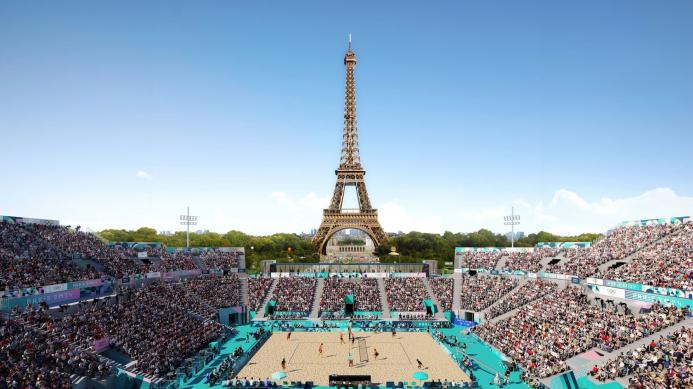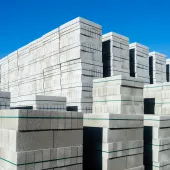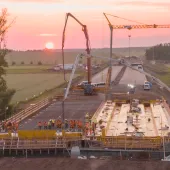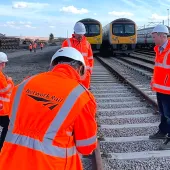Paris 2024: the sustainable Olympics
The Paris 2024 Olympics is set to showcase the city’s rich heritage through a blend of historic venues and innovative new designs. Emphasising renovation and sustainability over extensive new construction, the city is transforming iconic locations into a grand stage for athletic achievement and cultural celebration.
This summer’s Olympics mark the third time Paris has hosted the prestigious event, following the 1900 and 1924 Games. As the world turns its gaze to the French capital, the city is poised to transform into a grand stage for athletic excellence, cultural celebration, and architectural marvels.
Paris 2024 not only reflects the city’s rich historical legacy but also exemplifies innovation and sustainability. In contrast to recent Olympic trends of constructing large new sporting complexes on the outskirts of host cities, Paris has opted to focus on renovation and reuse.
Nearly all of the 35 venues will either repurpose existing buildings or introduce temporary structures at some of the city’s most iconic landmarks. This approach includes the Grand Palais, which has been meticulously restored to host fencing and taekwondo, and the innovative temporary arenas at the Eiffel Tower and Place de la Concorde. Sustainability is at the core of Paris 2024, with a concerted effort to minimise the environmental impact of the Games.
By limiting new construction and maximising the use of existing infrastructure, the organisers have significantly reduced the carbon footprint typically associated with the Olympics.
Key to delivering many of Paris 2024’s iconic venues is global building materials company Cemex, which has been involved in projects such as the Athletes' Village, the Olympic Aquatic Centre at Saint-Denis, and the Grand Palais restoration.
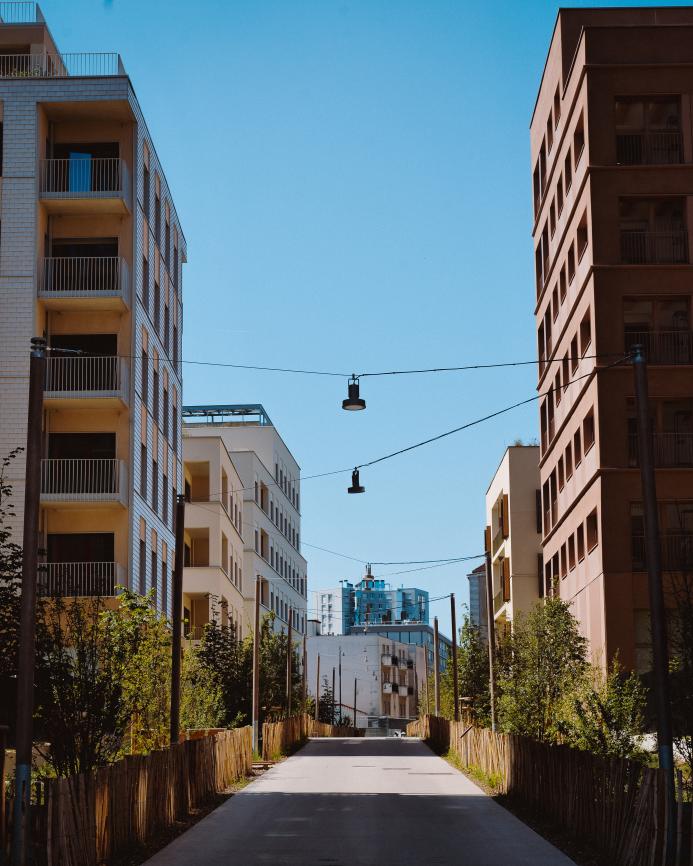
For the Athletes' Village, Cemex supplied over 3,700 m³ of high-performance concrete, including Vertua Plus for lower carbon emissions, Nuantis Mineral for decorative finishes, and Advanci ChapFluid Anhydrite for durable floor screeds. Their focus on sustainability included using lower-carbon materials, river transportation to reduce CO₂ emissions, and circular economy solutions. Cemex's digital platform, Cemex Go, facilitated efficient delivery and tracking, contributing to creating green spaces and enhancing the village’s design and functionality.

Cemex also provided a range of concrete solutions for the Olympic Aquatic Centre, delivering over 15,000 m³ between 2021 and 2023, and an additional 12,000 m³ of decorative concrete from July 2023 to January 2024. The concrete was crucial for various parts of the facility, including the main structure and the pedestrian bridge connecting the centre to the Stade de France.
Cemex developed more than 50 unique concrete mixes to meet the specific demands of the project, including recycled aggregates and high-performance varieties. Their use of up to four cranes and different types of pumps ensured efficient and precise concrete placement, addressing the challenging requirements of the aquatic environment.
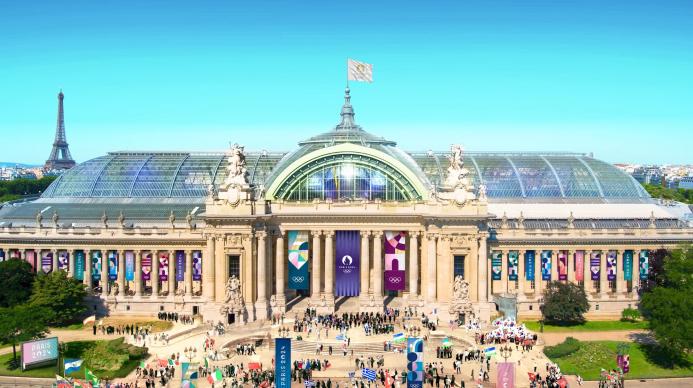
For the Grand Palais restoration project, Cemex provided 7,000 m³ of specialized concrete, including Vertua lower-carbon varieties and mixes made with recycled aggregates. These materials were used for paving, floors, and walls, ensuring both the structural integrity and aesthetic appeal of the Grand Palais. Cemex developed advanced concrete formulations to complement the Beaux-Arts architecture of the building while enhancing durability and functionality. Their approach included using concrete pumping technology to access hard-to-reach areas and managing orders through the Cemex Go platform, which streamlined the delivery process.
The restoration of the Grand Palais, the first major work in over a century, reflects Cemex’s commitment to blending cutting-edge technology with historical preservation, ensuring the building remains a prominent landmark on the Champs-Élysées.
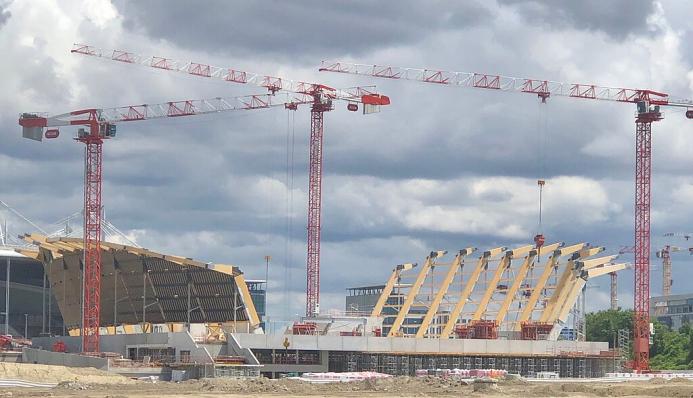
As Paris welcomes the world for the 2024 Olympics, the city's commitment to blending historical charm with modern innovation is evident in its approach to the Games. By focusing on renovation, sustainability, and the repurposing of iconic landmarks, Paris not only honours its rich legacy but also sets a new standard for future Olympic hosts.
The successful integration of advanced building technologies and eco-friendly practices highlights Paris's dedication to both preserving its heritage and embracing the future, ensuring that the 2024 Games will leave a lasting, positive impact on the city and its global visitors.

